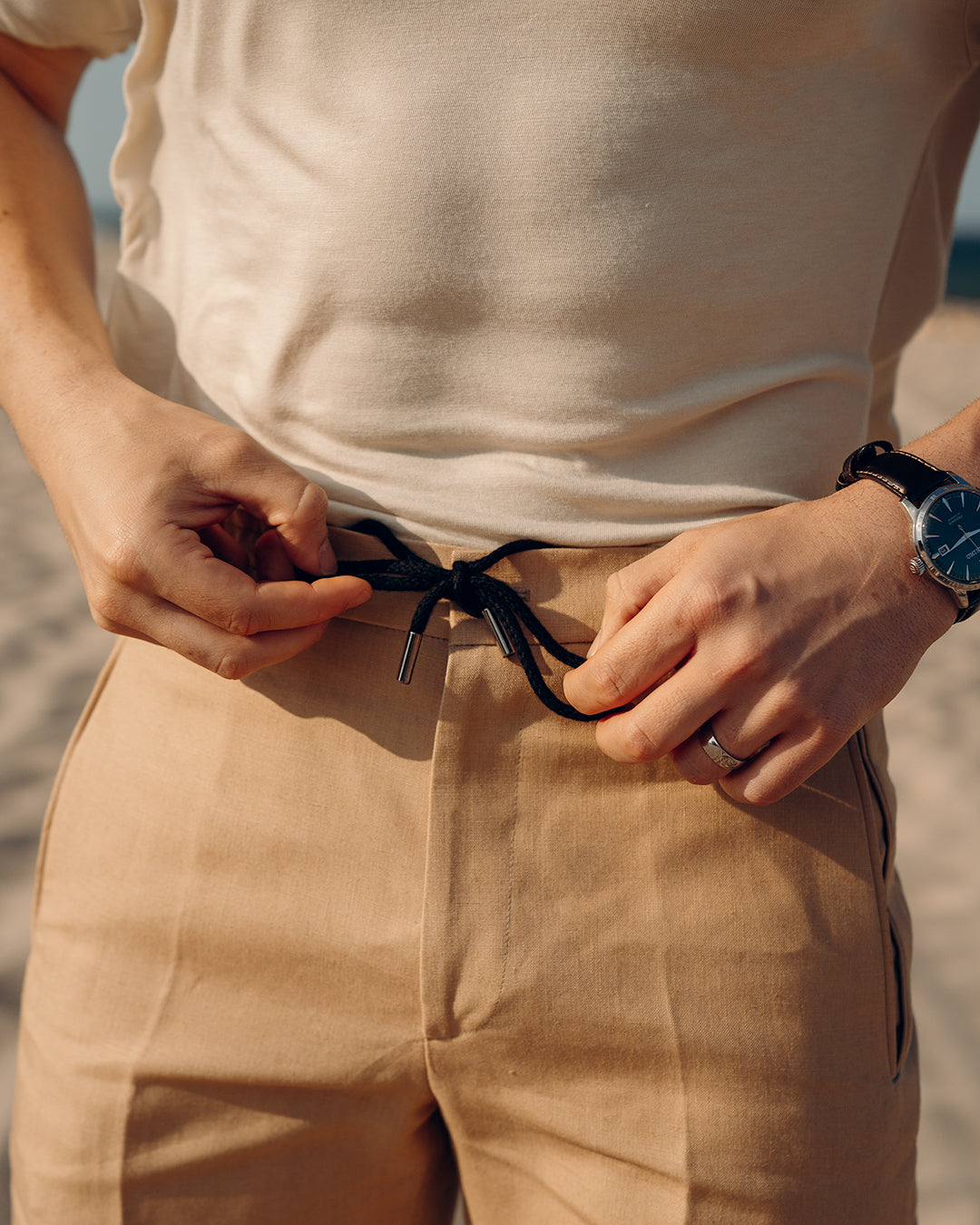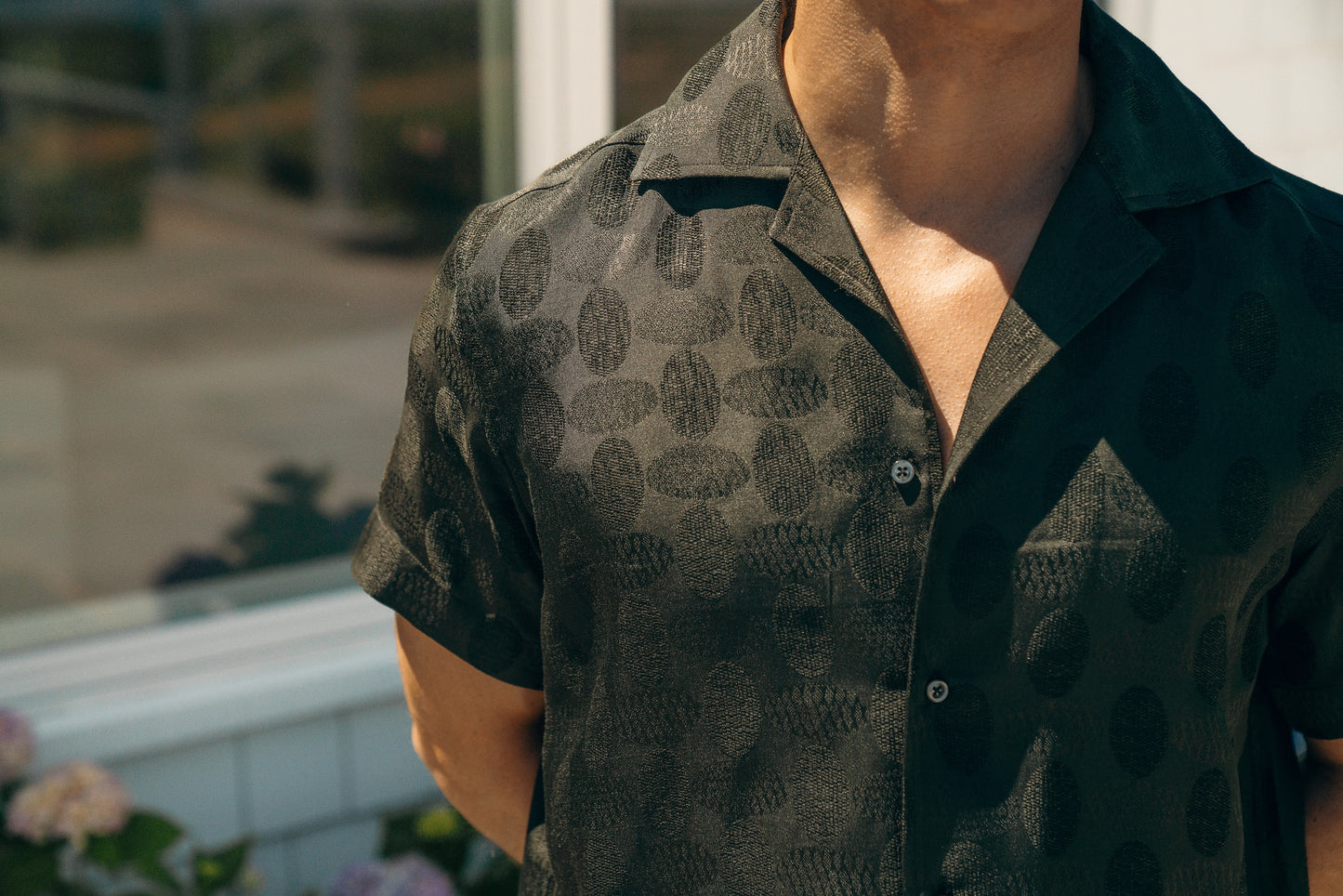
Sir Jonathan Ive, Apple's Senior Vice President of Design, has been called “one of the most inspiring and influential product designers ever.” He is responsible for some of Apple's most revolutionary products like the MacBook Pro, iMac, MacBook Air, iPod, iPod Touch, iPhone, iPad, and iPad Mini. Yet, this creative genius is guided by a fairly simple concept: inevitability. In the words of Ive:
“So much of what we try to do is get to a point where the solution seems inevitable: you know, you think 'of course it's that way, why would it be any other way?'”
Like the products that Ive designs, the best zippers are those that are inevitable. The ones that we take for granted. The ones that we probably never look at closely or pay attention to. The ones that work.
Unfortunately, these types of zippers can be hard to find, but with a little knowledge, they become easy to spot and when you invest in some gear with quality hardware, you'll never be forced to revisit this topic.
Form and Function
Zippers consist of three major parts: the tape, elements, and slider.
Tape: the easiest way to think of the tape is to think of it as the fabric that the zipper sits on. It is the material to which the zipper is affixed and it is typically made of polyester, synthetic fiber, vinyl, or cotton. While lower end zipper manufacturers treat the tape, elements, and slider as separate elements, premium zipper manufacturers, like YKK, manufacturer tape exclusively for their zippers and view the zipper as a whole, rather than simply a compilation of parts.
Elements: the elements are also known as “the teeth” and they are the parts on each side of a zipper that mesh with one another when they pass through the slider. When teeth on both the right and left sides are linked, they form a chain.
Slider: the slider is the part of a zipper that either joins or separates the teeth, depending on whether one slides up or down the tape. Sliders come in many different varieties that are differentiated by the material that they are made of and their shape.
Types of Zippers:
Zippers can be sliced and diced according in multiple ways, depending on the criteria. One common set of criteria is the material/design of the teeth. With respect to this feature, the three primary categories of zippers are:
- Coil zippers
- Metal zippers
- Plastic molded zippers
Coil zippers account for the majority of zipper sales worldwide. These zippers are lightweight, heat resistant, rustproof, and flexible. They consist of a continuous coil chain, typically made of nylon or polyester. Coil zippers are often used in outdoor gear (i.e. sleeping bags and the like), as well as in bags, pouches, and skirts, and dresses. Some lower end clothing manufacturers like American Apparel also use these zippers frequently in garments such as sweatshirts.
Coil zippers wear faster than other zippers and they do not bind as strongly either. However, these zippers are not only cheaper to manufacture, but also more effective and malleable, adapting to curves and bends with ease.
Of note, invisible zippers, or those in which the coil is hidden by tape and on the interior of the garment, are most often coil zippers.
Metal zippers are made of materials including nickel, brass, aluminum, and manganese. These zippers are also available in a number of finishes such as gold, antique gold, and oxidized. These zippers are the “classic zipper,” often found in jeans, leather goods, and workwear.
Unlike coil zippers, metal zippers consist of individual pieces of metal which are then molded and set on tape at regular intervals. As a result of this superior construction, they are strong, lasting, and can withstand tough washing. However, care should be taken whenever washing a garment with metal zippers to ensure that the proper precautions and steps are taken to minimize unwanted bleaching and/or oxidization of these zippers.
Plastic molded zippers are similar to metal zippers in that the teeth of these zippers are individual elements, not part of a continuous coil. However, unlike metal zippers, the material used for the teeth in plastic molded zippers is plastic, rendering them cheaper to manufacture and slightly less durable.
However, plastic molded zippers are increasingly popular as they simultaneously offer a decent amount of durability and versatility. Furthermore, on those occasions in which a designer wants the color of the zipper to match the color of the garment, plastic molded zippers are appealing as plastic comes in a variety of colors. Plastic molded zippers are regularly used in outerwear and sports clothes.
Parting Thoughts
While zippers may intrigue you, it's okay if they don't. In fact, intrigue and beauty are not defining characteristics of quality zippers. But, function and reliability are and when zippers are functional and reliable, when you don't have to worry about them, you forget about them. They fade into the background; they are no longer filling a role, they are filling their role, the one they were designed to fill. And in doing so, they become irreplaceable and inevitable.




